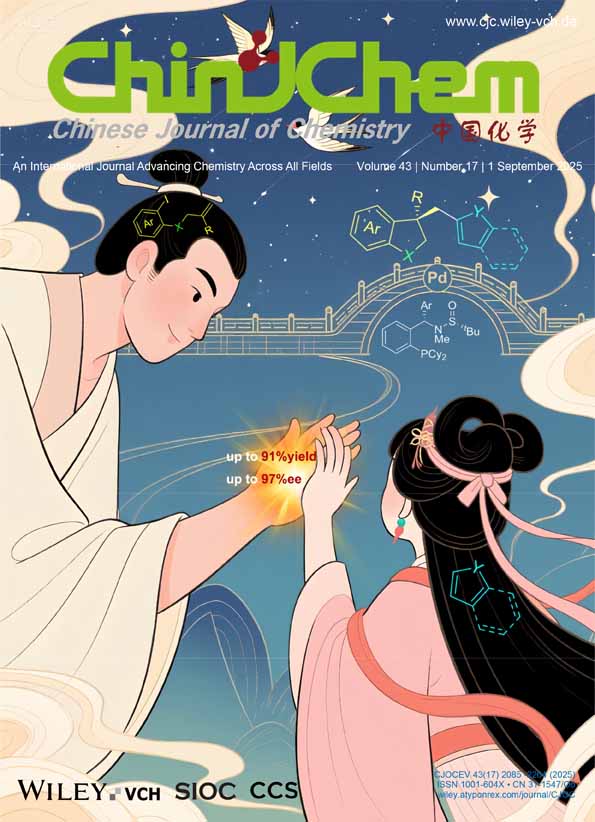A Novel Glucose Biosensor Based on Palladium Nanoparticles and Its Application in Detection of Glucose Level in Urine
Abstract
A novel glucose biosensor was constructed by electrodeposition of highly dispersed palladium (Pd) nanoparticles on a glassy carbon electrode (GCE). Atomic force microscopy (AFM) was applied to characterize its surface morphology. Electrodeposited Pd nanoparticles exhibited efficiently electrocatalytic oxidation for hydrogen peroxide (H2O2) with relatively high sensitivity and stability, which was studied by CV technique and Raman spectroscopy, respectively. The GC/PdVGOD/Nafion system allowed a low working potential of +0.3 V (vs. SCE). Its signal current was linearly related to the glucose concentration in the range of 1.0 × 10–6-1.2 × 10–4mol × L−1 with a detection limit of 5.0 × 10–7 mol · L−1. The sensor required no special pretreatment to suppress interference from urate and L-ascorbate. It was successfully used in detection of glucose level in human urine with high stability, sensitivity and anti-poisoning ability.




